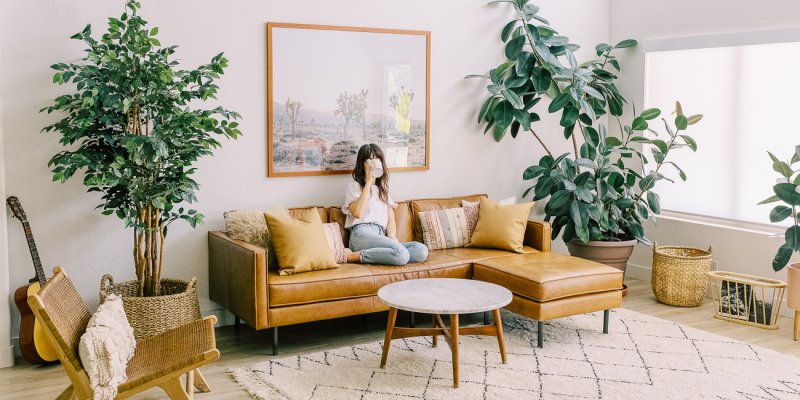
Tips For Becoming A Web Design Success Story
Creating a website from scratch is both exciting and frightening! It’s difficult to know where and how to start, who to speak to for advice and how much of a budget you’ll need. Use the following advice as a foundation for all your future web design efforts.
It is important to choose great graphics for your web design. Keep in mind that bitmap images are not usually the best type of images to use. Try PNGs instead. PNG is the right choice for non-photo images, such as text buttons and screen shots. If an image has in excess of 256 colors choose PNG. If it does not, GIF is another option. JPEG files are best for photographs.
Don’t disable the visitor’s right-click functionality. Some sites do this in order to prevent people from copying and pasting text or saving images from the site. The thing is, it doesn’t work and disables other useful functions. OCR can be used to capture text from such sites, and grabbing images is as simple as taking a screenshot.
To help your web pages load quickly, you should compress all the images on the website page. If you have images that are compressed then pages will load much faster. Nothing is more frustrating to viewers than waiting for a 250k graphic to load when it should really only be 20k.
Build your website using a content management system. Knowing how to build a website using just HTML and CSS is good foundation knowledge, but this can only produce a static website. Web design has evolved into providing dynamic content. If you couple your coding skills with the use of a content management system, you can practically build any type of website that you desire.
Photoshop is a good program for creating great content for your new web site. It is also novice friendly. Photoshop and similar programs enable amateurs to design sites quickly. If you don’t have PS, it can be difficult and time consuming building a nice site quickly.
Do not use images for your background. When you think about some of the biggest websites on the Internet, they do not have images as backgrounds. When you use image backgrounds, you represent yourself as someone who is not well-versed in web designing. Images as backgrounds also cause your site to load slower, which can lead to user frustration.
Make sure everything is easy to locate on your website. Spend some serious thought on how everything on your site will be laid out. When content is randomly thrown on your site with little thought to the layout, you are making things harder for the people whose use of your site ensures your online success – your site visitors.
Make sure your business logo is well-designed and prominently on every page of your site. Your logo is a key component of your brand, and it should be one of the first things people see when they go to your website. If you can’t come up with a good idea for a logo, there are design firms that will make you one at relatively low cost.
Try having a clear and consistent layout in the design of your sites. Clean layouts that make use of a lot of white space tend to enhance the site’s readability and overall look. The layout must be focused on the content. Try using fonts that are on every computer in order to avoid having your site appear incorrectly.
From the suggestions outlined in the above article, you should now be all set to tackle the design of your web site. Establish a budget, ask for help from professionals if you need to, and start drawing sketches. You can create sites that fill your needs without a lot of money by starting now!








